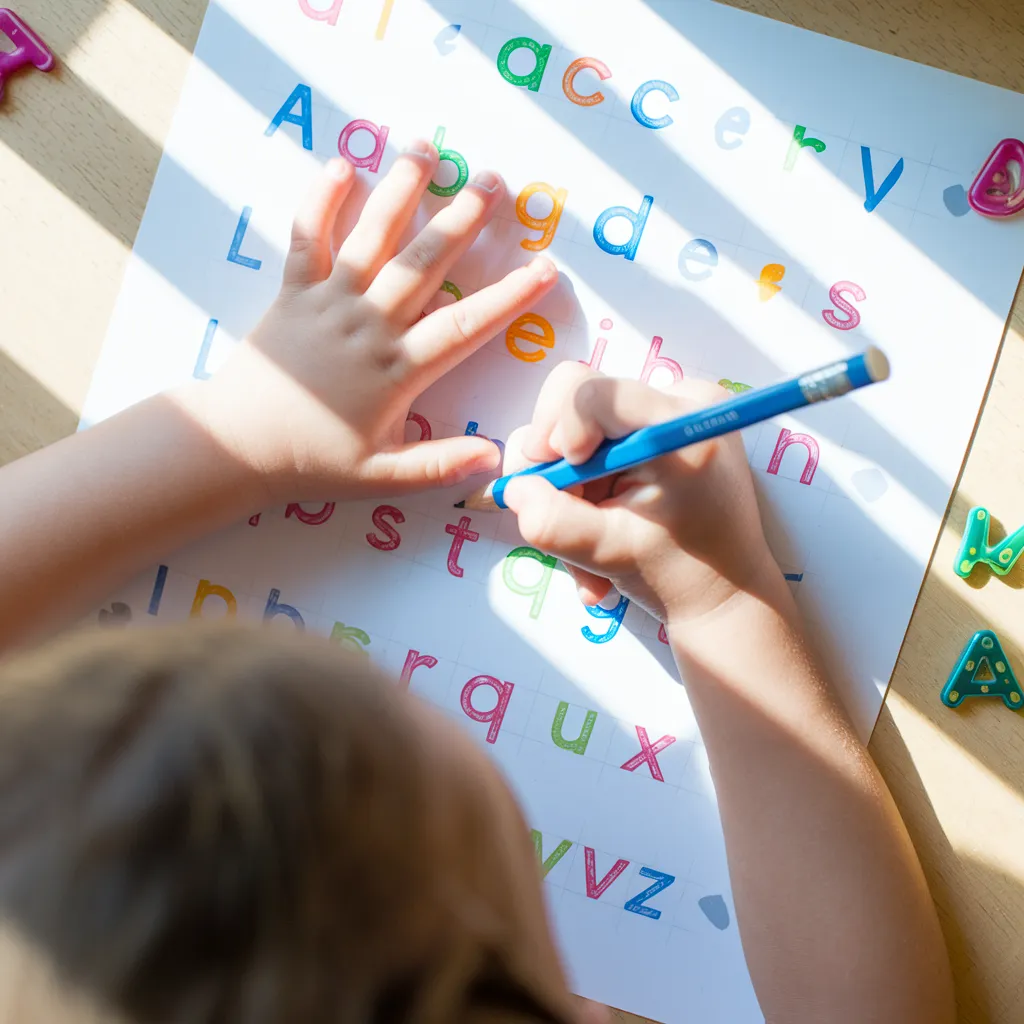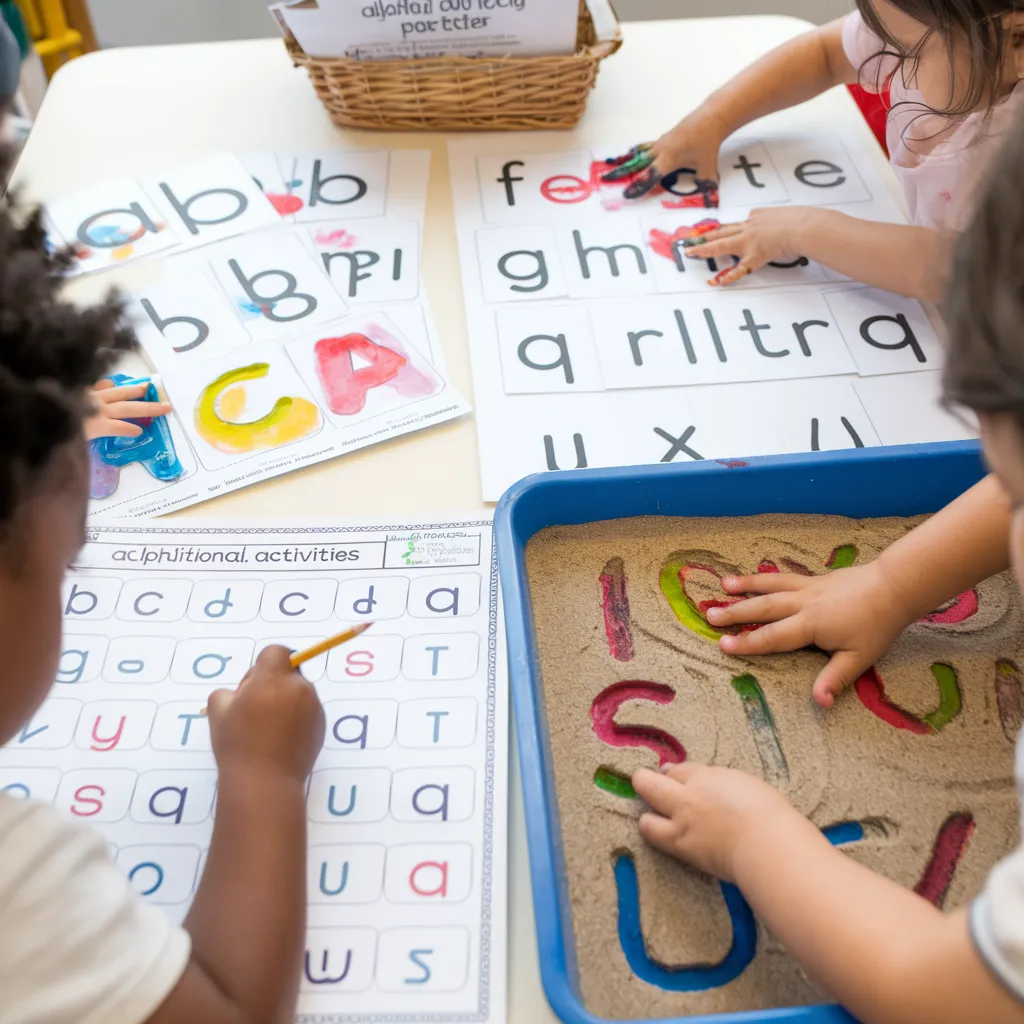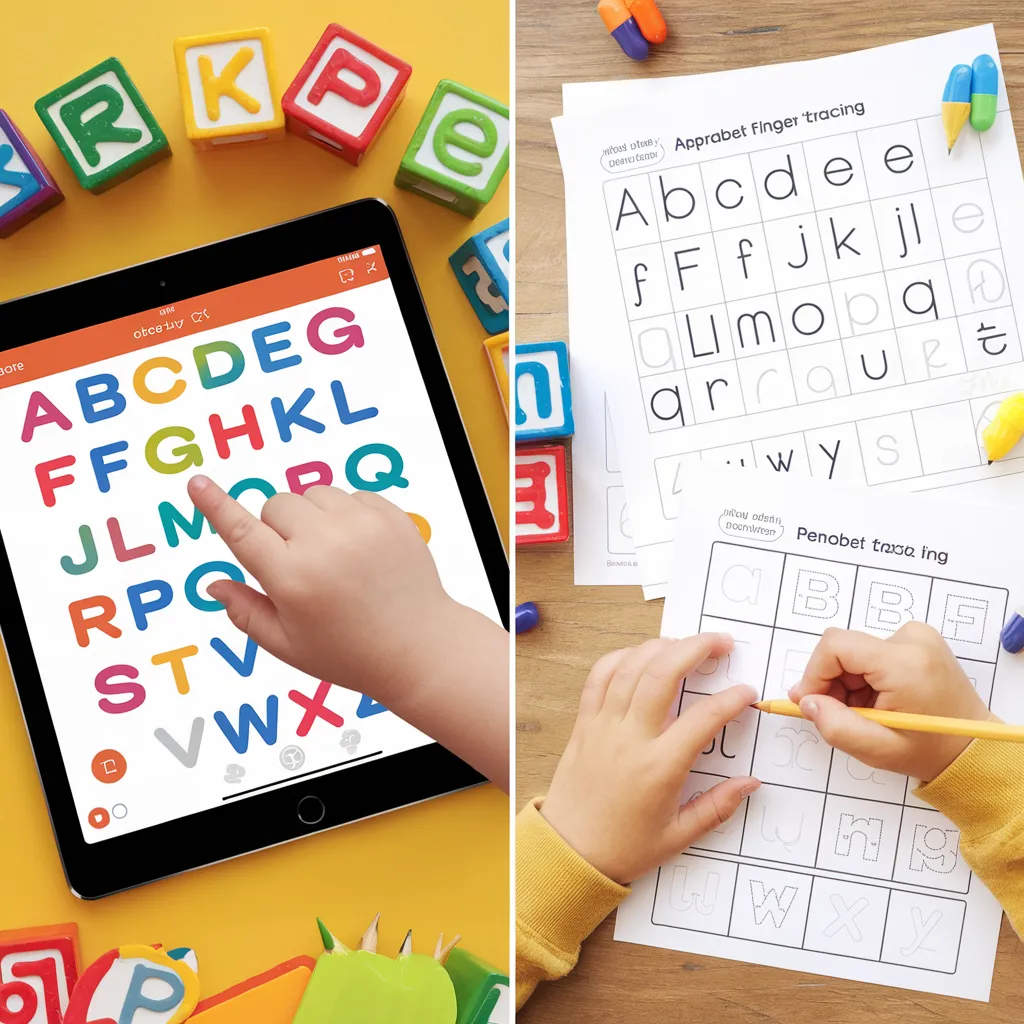In the journey of early childhood education, few resources are as valuable as alphabet tracing printables. These simple yet powerful learning tools provide children with a hands-on approach to mastering letter recognition and formation—foundational skills for reading and writing success. As parents and educators seek effective ways to support early literacy development, alphabet tracing worksheets have become increasingly popular for their accessibility, versatility, and proven effectiveness. Whether you’re homeschooling, supplementing classroom learning, or simply engaging your child in educational activities at home, quality alphabet tracing printables can make the difference between frustration and confidence in early writing attempts.

Benefits of Using Alphabet Tracing Printables in Early Education
The advantages of incorporating alphabet tracing printables into a child’s learning routine extend far beyond just letter recognition. These carefully designed worksheets help develop several crucial skills simultaneously, making them a time-efficient choice for busy parents and teachers.
Fine Motor Skill Development Through Alphabet Tracing
When children trace letters, they’re not just learning the alphabet—they’re strengthening the small muscles in their hands and fingers. This fine motor development is essential for tasks ranging from buttoning clothes to using scissors, and most importantly, holding a pencil properly for future writing endeavors. Alphabet tracing printables offer guided practice with directional arrows and starting points, helping children develop the muscle memory needed for fluid handwriting. The repetitive nature of tracing activities builds hand strength and coordination in a focused, purposeful way that prepares children for independent writing.
Cognitive Benefits of Regular Alphabet Tracing Practice
Consistent practice with alphabet tracing printables supports cognitive development in multiple ways. As children trace each letter, they’re establishing crucial neural pathways that connect visual recognition with physical formation. This multisensory approach—seeing the letter, following the path with their eyes, and feeling the movement with their hands—creates stronger memory associations than visual exposure alone. Research suggests that this physical engagement with letters helps children internalize both the appearance and formation of each character, significantly improving letter recall and identification skills.

How to Choose the Best Alphabet Tracing Printables
With countless options available online, selecting the most effective alphabet tracing printables for your child requires consideration of several key factors.
Age-Appropriate Design Features
The most effective alphabet tracing printables match your child’s developmental stage. For beginners (typically ages 3-4), look for worksheets with:
- Larger letter sizes with wider tracing paths
- Fewer letters per page to prevent overwhelm
- Directional arrows clearly indicating stroke order
- Dotted or dashed lines that provide clear guidance
As children progress, gradually introduce printables with smaller letter sizes, more letters per page, and eventually, word tracing that incorporates the letters they’ve mastered.
Thematic Alphabet Tracing Options for Sustained Engagement
Children learn best when they’re engaged and interested. Thematic alphabet tracing printables that align with your child’s interests can significantly boost motivation. Consider seasonal themes (autumn leaves, winter snowflakes), favorite animals, or popular characters that capture your child’s imagination. These themed worksheets transform what might otherwise feel like drill practice into an enjoyable activity, encouraging longer attention spans and repeated practice—essential ingredients for mastery.
Creating a Consistent Alphabet Tracing Routine
Establishing a regular practice schedule with alphabet tracing printables yields the best results for long-term letter mastery and handwriting development.
Incorporating Alphabet Tracing into Daily Activities
Rather than treating alphabet tracing as an isolated academic exercise, integrate it into your daily routine in natural ways. Keep printables in accessible locations around your home—perhaps in a special folder at the breakfast table, in a learning corner of your living room, or as part of a quiet-time box. Brief, frequent practice sessions of 5-10 minutes often prove more effective than longer, less frequent sessions, particularly for younger children with shorter attention spans.

Making Alphabet Tracing Fun and Engaging
Transform tracing exercises into multisensory experiences by varying the materials and approaches. Consider:
- Using colored pencils or crayons to trace different parts of the letter
- Placing tracing sheets in plastic sleeves to create reusable dry-erase surfaces
- Incorporating sensory elements like tracing in sand, salt trays, or finger paint
- Creating games where children trace a letter and then find objects beginning with that letter sound
These variations maintain interest while reinforcing the same core skills from multiple angles.
Digital Versus Printable Alphabet Tracing Resources
While digital tracing apps offer convenience and interactive features, traditional printable worksheets provide distinct advantages worth considering.

The tactile experience of pencil on paper develops crucial fine motor skills that touchscreen tracing cannot fully replicate. Additionally, research suggests that the physical act of writing activates neural pathways differently than digital tracing, potentially supporting stronger memory formation and recall. For optimal results, consider using both formats complementarily—digital options for engagement and variety, and paper printables for developing essential handwriting foundations.
Conclusion: Maximizing the Value of Alphabet Tracing Printables
Alphabet tracing printables represent one of the most accessible, effective tools available for early literacy development. By selecting age-appropriate designs, creating consistent practice opportunities, and making the experience enjoyable, parents and teachers can help children build confidence in their emerging writing skills. Remember that patience and positive reinforcement are key—celebrate progress rather than perfection, and acknowledge improvements in grip, control, and letter formation along the way.
Whether you’re downloading free resources or investing in comprehensive alphabet tracing workbooks, the time spent guiding your child through these fundamental exercises lays the groundwork for academic success far beyond the preschool years. Start with just a few minutes of daily practice, and watch as your child’s confidence and capabilities grow with each traced letter.
20 Powerful Letter Recognition Games That Transform Early Literacy
FAQ About Alphabet Tracing Printables
At what age should children start using alphabet tracing printables?
Most children are ready to begin simple tracing activities between ages 3-4, when they’ve developed sufficient hand control to hold a writing instrument. However, readiness varies significantly between children—look for interest in drawing, ability to hold a crayon correctly, and successful completion of simpler pre-writing activities like tracing straight lines and curves.
Should children learn uppercase or lowercase letters first with tracing printables?
Many educators recommend beginning with uppercase letters because they generally involve simpler strokes and fewer circular motions, making them easier for young hands to form. Additionally, uppercase letters are more visually distinct from one another, reducing confusion between similar shapes. Once children demonstrate comfort with uppercase letters, introduce lowercase forms, emphasizing connections between corresponding pairs.
How can I help my child who gets frustrated with alphabet tracing?
If your child shows frustration, consider whether the tracing printables match their developmental level. You might need worksheets with wider tracing paths, fewer letters per page, or more directional guidance. Also try alternative approaches like finger tracing in shaving cream, using stickers to follow letter paths, or tracing with highlighters first before using a pencil. Keep sessions short and positive, celebrating effort rather than perfection.
Are there adaptations of alphabet tracing printables for left-handed children?
Yes, specialized alphabet tracing printables for left-handed children often feature adjusted directional cues and positioning guidance. These adaptations help prevent smudging and awkward hand positions. Additionally, consider providing slightly thicker pencils for easier grip and placing tracing sheets slightly to the left of the child’s midline for more comfortable positioning.
How do I know when my child is ready to move beyond basic alphabet tracing printables?
Look for consistent letter formation, decreasing reliance on tracing guides, growing confidence, and spontaneous attempts to write letters independently. When these signs appear, gradually introduce worksheets with lighter tracing lines, then dotted outlines, eventually progressing to independent writing with just a starting dot or visual example. Many children benefit from continuing with more advanced tracing activities (like words and sentences) even as they develop independent writing skills.

Ping : 15 Magical Fun Ways to Learn the Alphabet That Transform Early Learning - smartkidsprintable